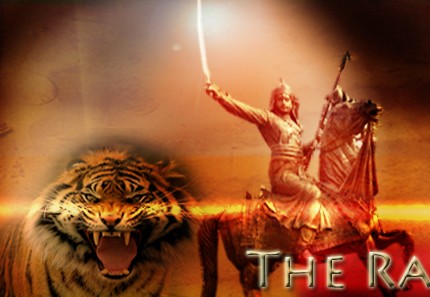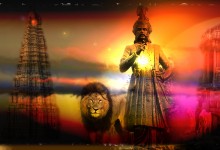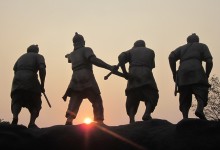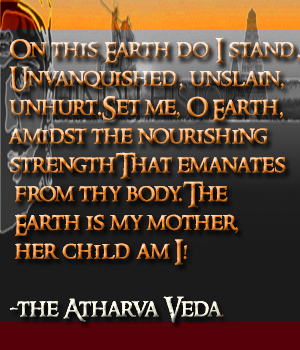Posts Tagged ‘nazis’

Was Veer Savarkar a Nazi?
Vinayak Damodar Savarkar, commonly known as Swatantryaveer Savarkar was a courageous freedom fighter, social reformer, writer, dramatist, poet, historian, political leader and philosopher. Still widely unknown to the masses int...

A Nazi Out-of-India Theory?
The homeland debate Ultimately, a question of ancient history, such as the location of the homeland of the Indo-European language family inside or outside of India, will not be decided by its real or putative association with p...

Time for Aryan Invasion Theory to Invade the Dustbin of History
Crass racist theories which are both laughable and offensive are thankfully a thing of the past. Or are they? The Holocaust put the nail in the coffin that race theory could be anything other than murderous and beyond the pale....







